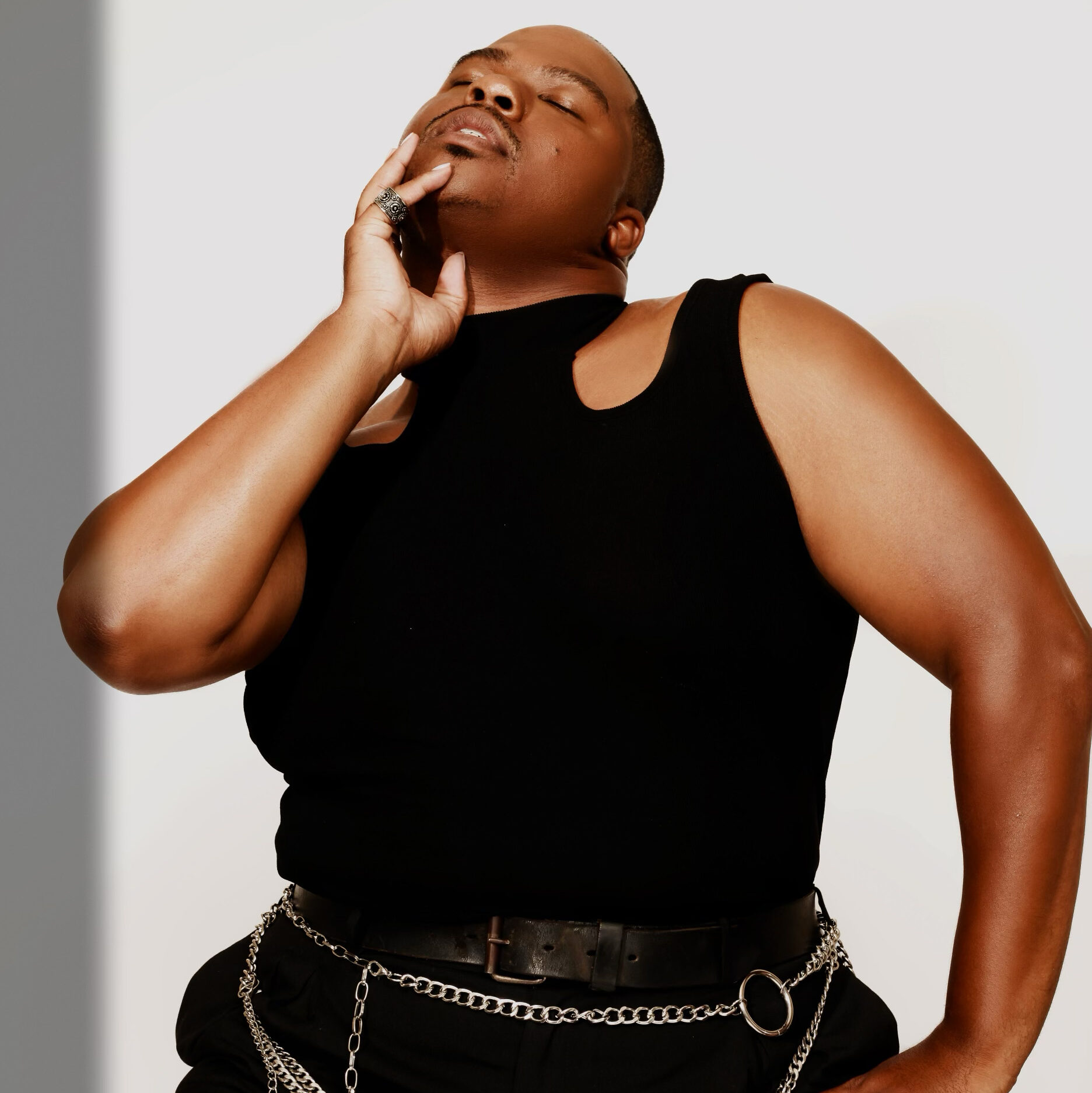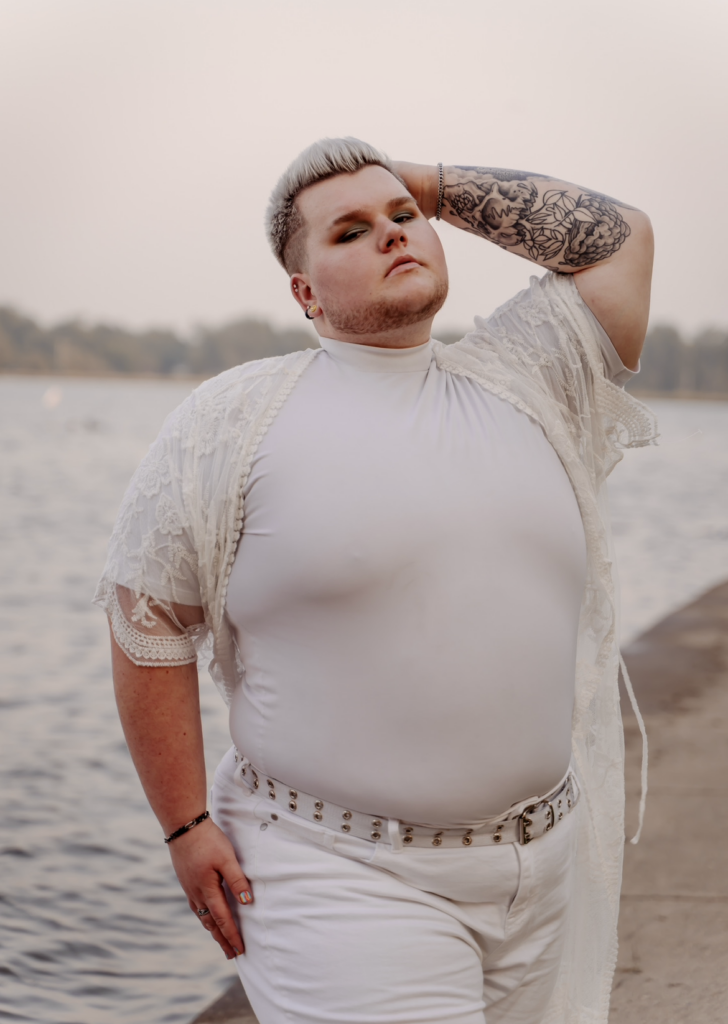[ad_1]
What’s it wish to be a plus-size dancer right now? Difficult.
Variety, fairness, and inclusion efforts have raised consciousness about exclusionary practices in all types in dance, and the mainstream body-positivity motion has led to some progress—most noticeably impacting the dance world for the reason that rise of social media. But sizeism stays an particularly recalcitrant, systemic challenge that continues to plague dancers worldwide.
The Roots of the Drawback
“Sizeism is the concept that individuals in larger or fats our bodies are much less worthy; they’re much less succesful,” explains TJ Stewart, an assistant professor at Iowa State College who researches stigmatized identities. “This connects to a broad and deep-seated worth of exhausting work and individualism. The thought is that fats our bodies don’t work exhausting, that they’re lazy.” Even right now, plus-size dancers usually need to work tougher to show their worth.
Sizeism just isn’t a dance-specific challenge. However whereas industries like trend and media have been held extra accountable in recent times, the dance world seems particularly sluggish to undertake inclusive adjustments. A lot of this may be tied to the basic function of the physique in dance, and the notion that larger our bodies have a restricted vary of dance skill. A tradition of maximum thinness has lengthy dominated ballet and ballet-based types specifically.
There’s additionally the insidious perception that bigger our bodies are solvable issues—once more, not distinctive to the dance world, however notably prevalent inside its perfectionist tradition. “The dominant body is that ‘You’ve got a physique that isn’t the way in which our bodies ought to be, and you’ll change that. So in case you don’t, any destructive experiences you will have are your fault,’ ” Stewart says.
Subtly Exclusionary
Whereas overt measurement bias continues to be an issue in dance, right now discrimination steadily occurs in subtler methods. And when larger our bodies are included, they’re usually both tokens or afterthoughts.
In the summertime of 2023, for instance, Australian pop star Troye Sivan launched a dance-centric music video to his single “Rush.” Followers the world over took to social media to ask: The place was the physique range? Why had been solely ultrathin our bodies represented?
Sivan ultimately responded to the state of affairs, and featured a considerably more-inclusive array of our bodies in his following music video. However whereas the “Rush” video wasn’t an outright fatphobic assault, it was proof of an implicit type of sizeism: In dance, together with larger our bodies usually isn’t a precedence till it turns into a public relations challenge. “Fixing” that form of disaster typically results in tokenism, through which a small variety of bigger our bodies (usually only one) are included to make sure a degree of applause, credit score, or clout.

Steps Ahead
That’s to not say progress has been nonexistent. A wave of trailblazers have led the cost to deliver down sizeism. Amanda LaCount’s #breakingthestereotype motion has made her a outstanding function mannequin for plus-size dancers; Kameron Saunders’ standout efficiency on Taylor Swift’s Eras Tour earned public acclaim. Social media platforms have helped expose extra dancers and dance followers to a wider array of proficient dancing our bodies, significantly in industrial dance.
Moreover, the combat for the artwork world to change into extra inclusive now has legislative oomph. A brand new regulation handed in New York Metropolis final yr prohibits peak or weight discrimination in employment, housing, and public lodging, becoming a member of comparable legal guidelines already on the books in Binghamton, New York; Madison, Wisconsin; San Francisco and Santa Cruz, California; Urbana, Illinois; and the State of Michigan.
Change From the Prime Down
In terms of sizeism in dance, the yo-yo of optimistic momentum and backwards considering could make it tough to determine learn how to create lasting change. However many level to the dance world’s leaders—its academics, choreographers, and administrators—who maintain outsized energy in relation to shaping expectations and norms.
“Consuming issues and melancholy and numerous hate with your self, that every one [can start] inside the studio,” says plus-size dancer Aisha Olemba, who lately danced on tour with SZA. Olemba shares that she shied away from dance till school, attributing that hesitation to “the outdated look of what I assumed an expert dancer seemed like.” Many like her have given up on dance altogether due to poisonous messaging about what the scale of a dancer “ought to” be. Eliminating weight discuss at school, particularly with younger college students, may also help construct a greater basis for dancers of all sizes.

Dancer Floyd Slayweather, whose credit embody Lizzo and Saucy Santana, says that dance leaders must constantly domesticate physique range in lecture rooms, casting practices, and the trade as an entire, in order that it turns into a brand new regular quite than a field to tick on a guidelines.
“I want that academics weren’t taking a look at dancers of measurement as an anomaly, or simply selecting us out as a result of they wish to create a viral second,” he says. To maneuver previous the tokenizing we-only-need-one mentality, “it needs to be normalized,” Slayweather says. “For those who’re going to face on inclusivity, then it is advisable observe it.”
A Neighborhood of Kindness

As extra plus-size dancers make inroads within the dance trade, they’ve discovered essential help in one another. Olemba, Slayweather, and fellow dancer Collin Smith—a TikTok standout—all share comparable tales in regards to the transformative energy that comes with being in a room of like-minded dancers.
Slayweather describes performing with a solid of bigger dancers on the 2022 BET Awards as his personal form of Cinderella story. “Seeing a full solid of gorgeous plus-size ladies and men—I nonetheless get emotional about it to today,” he says. “To hug each other, to encourage one another, is an incredible feeling that I’ll take with me for the remainder of my life.”
Certainly one of Olemba’s favourite recollections is getting an inflow of messages from different plus-size dancers after reserving SZA’s tour. “Them coming to me and simply saying how a lot they had been pleased with me simply confirmed me by means of all these [hard] instances…it made me wish to push tougher,” she says. “I spotted that that is larger than simply me. I’m doing it for individuals who didn’t suppose that this was potential for somebody that seemed like them.”
And that affect extends past the dance world. Smith says that, as his profile has grown, he’s been overwhelmed by the impact his visibility has had on others, serving to to create a broad-based neighborhood of kindness.
“That’s a motivating issue, to know that I’m making an impression and being an affect not directly,” Smith shares. “Simply letting individuals know you might be precisely who you might be, no matter what you appear like.”
[ad_2]